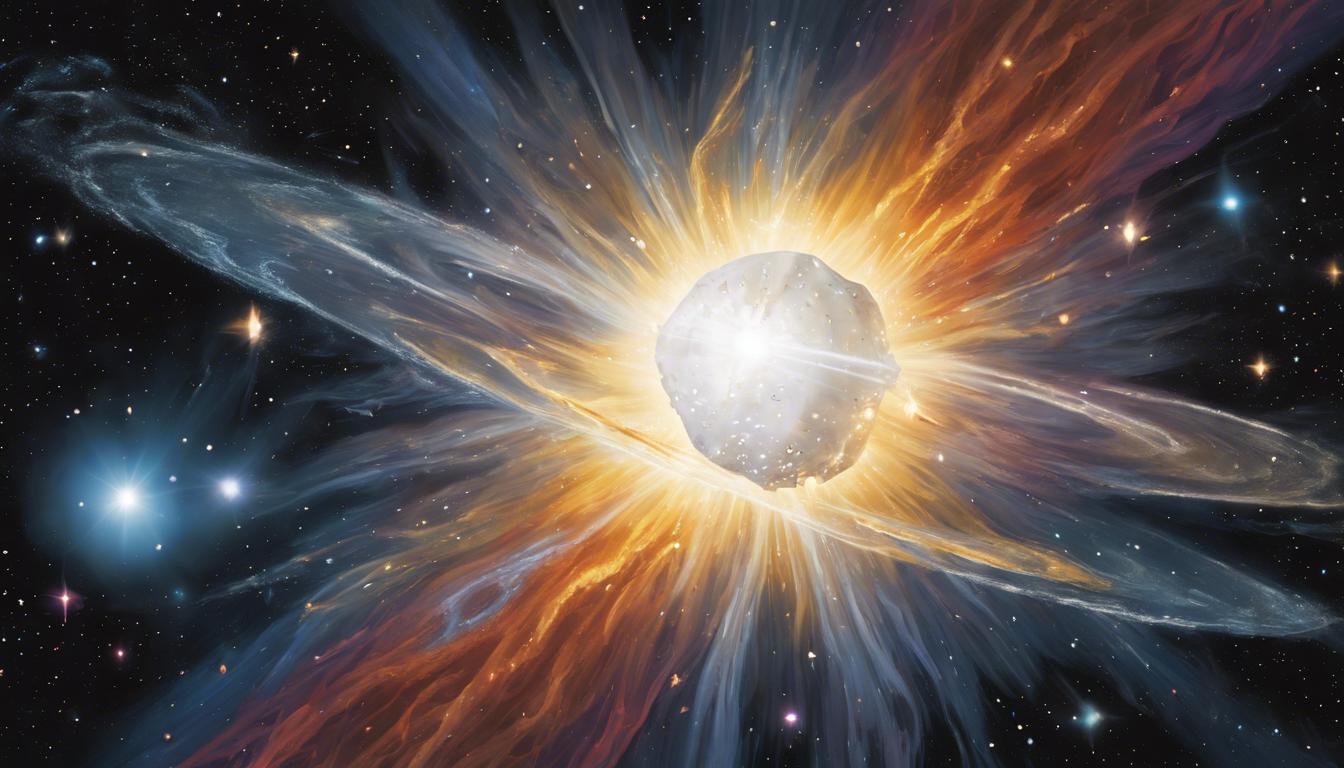A recent study by researchers from the University of Warwick and Naresuan University reveals the potential destruction of celestial bodies by white dwarf stars, including a forecast for the future of our solar system.
A team of scientists, led by researchers from the University of Warwick and Naresuan University in Thailand, has delved into the future of our solar system and the destructive potential of white dwarf stars. These dense remnants of stars, which have exhausted their nuclear fuel, represent the final stage for stars up to eight times the mass of our Sun. The research anticipates that in roughly five billion years, our Sun will expand, likely consuming Mercury, Venus, and perhaps Earth, before shrinking down to a white dwarf.
The study, published in the Monthly Notices of the Royal Astronomical Society, focuses on how white dwarf stars can obliterate smaller planetary bodies, such as asteroids and moons, that venture too close. This disintegration is attributed to the tremendous gravity exerted by white dwarfs. As explained by Dr. Amornrat Aungwerojwit, lead researcher from Naresuan University, celestial objects are effectively shredded into dust when caught in the vicinity of a white dwarf, offering insights into their composition through the debris created from these cosmic encounters.
Professor Boris Gaensicke, a co-author of the study from the University of Warwick, speculates that Earth might not survive long enough to witness the Sun’s transformation into a white dwarf, as it is likely to be engulfed during the Sun’s expansion phase. Nonetheless, the destiny of other solar system components, such as the moons of Jupiter and the asteroids located between Mars and Jupiter, could be jeopardized once the Sun becomes a white dwarf. These findings hint at the varied and violent interactions that can occur in the vicinity of white dwarfs, highlighting the unpredictability and complexity of end-stage stellar processes.
Through examining the behavior of three different white dwarfs, the research illuminates the rapid evolution and chaotic nature of such systems following a star’s transition to a white dwarf. This study not only contributes to our understanding of the life cycle of stars and their impact on surrounding celestial bodies but also offers a grim forecast for the eventual fate of our own solar system, billions of years from now.













